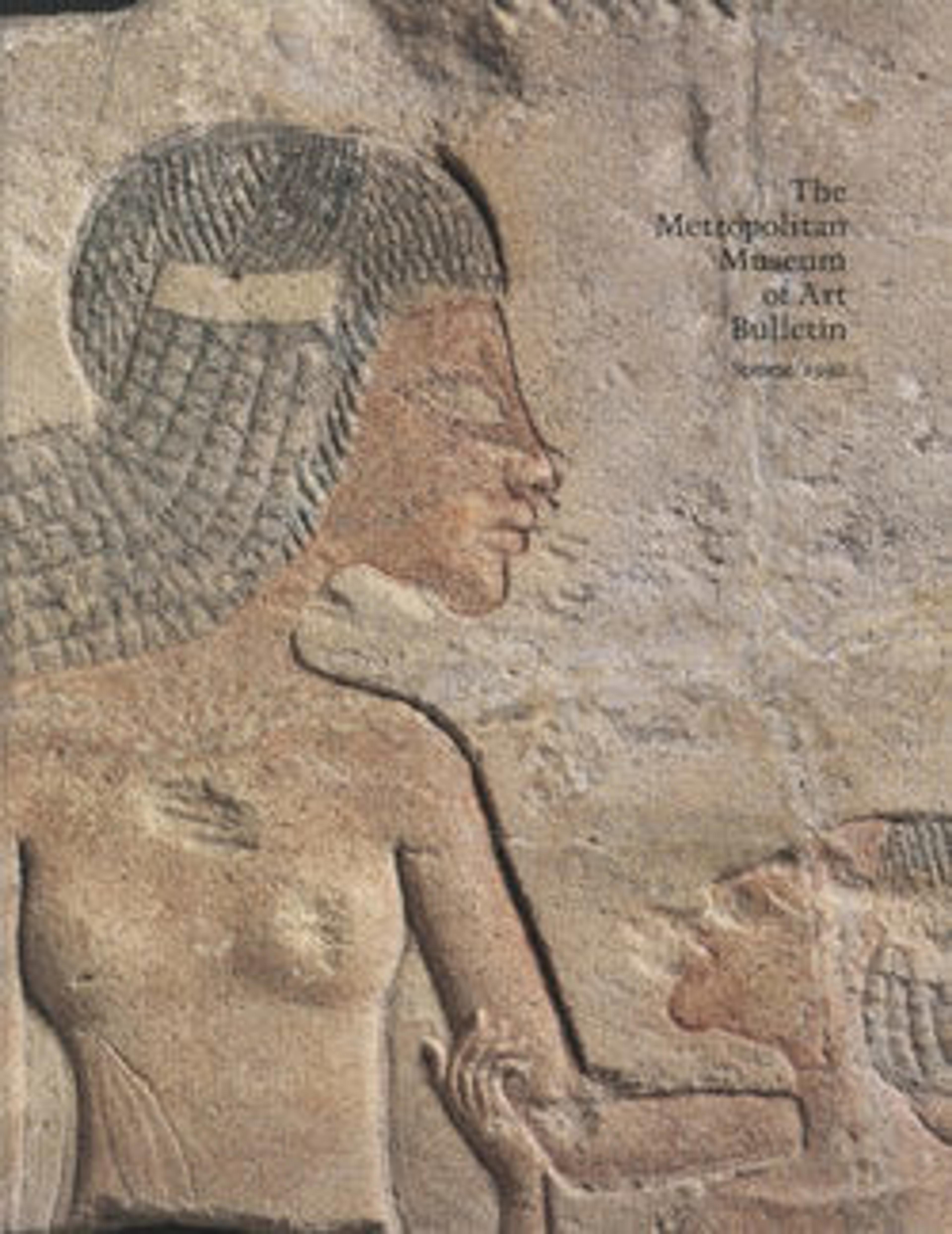Beaker with birds on the rim
During antiquity, vessels of precious metal were used in ritual ceremonies and as symbols of status for members of the ruling elite. From the western Caucasus to eastern Afghanistan, several hoards of these vessels in gold and silver have been found and recorded. Such a cup is this one, made of a natural alloy of gold and silver known as electrum. Resting on its narrow base, the body of the vessel curves gently inward before flaring out again to a wide mouth. The vessel is decorated at the rim with eight birds of prey incised with patterned lines. They are placed at equal intervals, with wings outspread and heads projecting above the rim of the cup. Each bird is attached with three round-headed rivets. Since the placement of the birds makes it awkward to drink from the cup, it is probable that the vessel was intended for some kind of ceremonial libation. The bird of prey is prominent in the iconography of western Central Asia, and in this particular posture—viewed as if from below—it had an extremely long life in the art of Iran.
Artwork Details
- Title: Beaker with birds on the rim
- Period: Bronze Age
- Date: ca. late 3rd–early 2nd millennium BCE
- Geography: Bactria-Margiana
- Culture: Bactria-Margiana Archaeological Complex
- Medium: Electrum
- Dimensions: H. 12 cm, W. 13.3 cm, D. 4.5 cm
- Credit Line: Gift of Norbert Schimmel Trust, 1989
- Object Number: 1989.281.38
- Curatorial Department: Ancient West Asian Art
More Artwork
Research Resources
The Met provides unparalleled resources for research and welcomes an international community of students and scholars. The Met's Open Access API is where creators and researchers can connect to the The Met collection. Open Access data and public domain images are available for unrestricted commercial and noncommercial use without permission or fee.
To request images under copyright and other restrictions, please use this Image Request form.
Feedback
We continue to research and examine historical and cultural context for objects in The Met collection. If you have comments or questions about this object record, please contact us using the form below. The Museum looks forward to receiving your comments.
